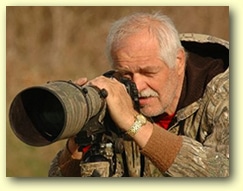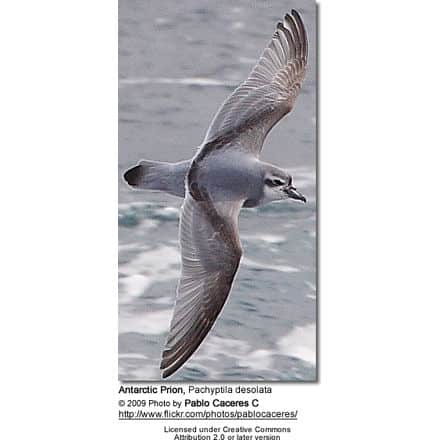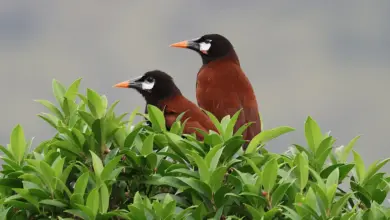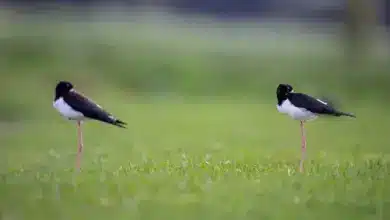Landscape Photography with Animals
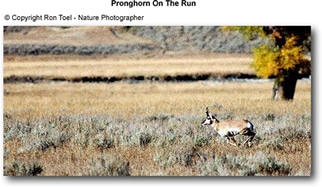
This is the time when compositional skills are important and crucial because the view of the subject is not satisfactory. If however, one is close enough and has a large enough lens to fill the frame, there is not much need for the compositional skill, because there is only so many ways to fill that frame. But if the animal is much smaller than the frame in which one places it, the position of that animal becomes very important.
-
- Position: Most novice photographers place it in the middle. This is the least satisfactory place for it shows a vast emptiness surrounding the animal. Depending upon the lens one uses it could also show parts of the image out of focus. All the compositional wizards say a traditionally balanced subject is off-centered, by about one third from the top or bottom and from either side. As well as producing balance this off centered placement also reduces the fact that the animal appears smaller than one would like it to be.
- Placement: If one is using a large telephoto lens, the depth of field is usually shallow and thus placing the animal in a low position in the frame helps to eliminate the majority of out of focus foreground. The low placement also emphasizes the surroundings more, which makes it an animal plus surroundings.Another hint in composition is to have the animal facing to the center of the image. This allows the drama to take place in the space in which the animal is facing. True balance does not mean an image has to be symmetrical, however, it means just the opposite, as an unsymmetrical image is much more pleasing to the eye that one that teems with symmetry.
Now while one is stalking the animal to get the frame filling head shot, take some images along the way so the viewers will appreciate what the photographer has gone through to get the shot.

